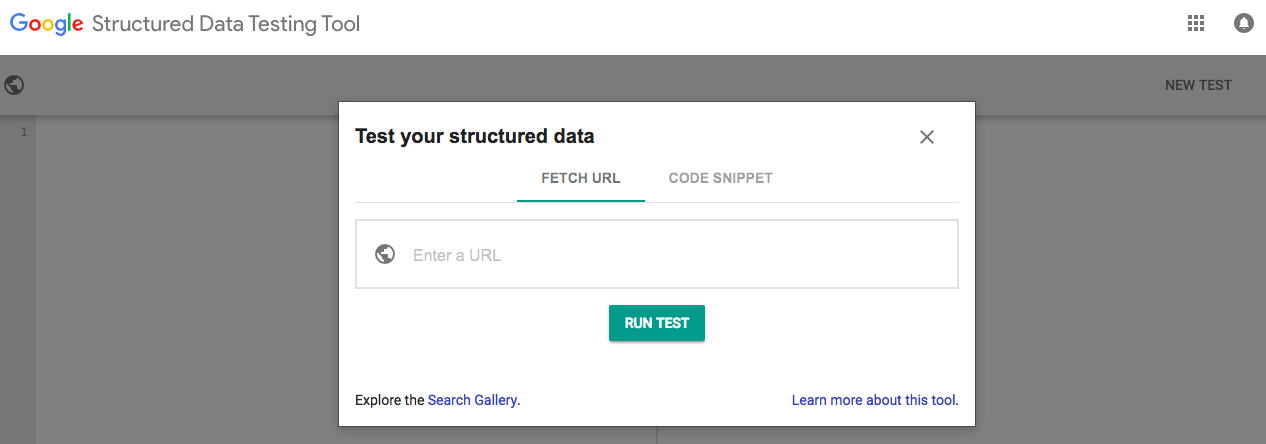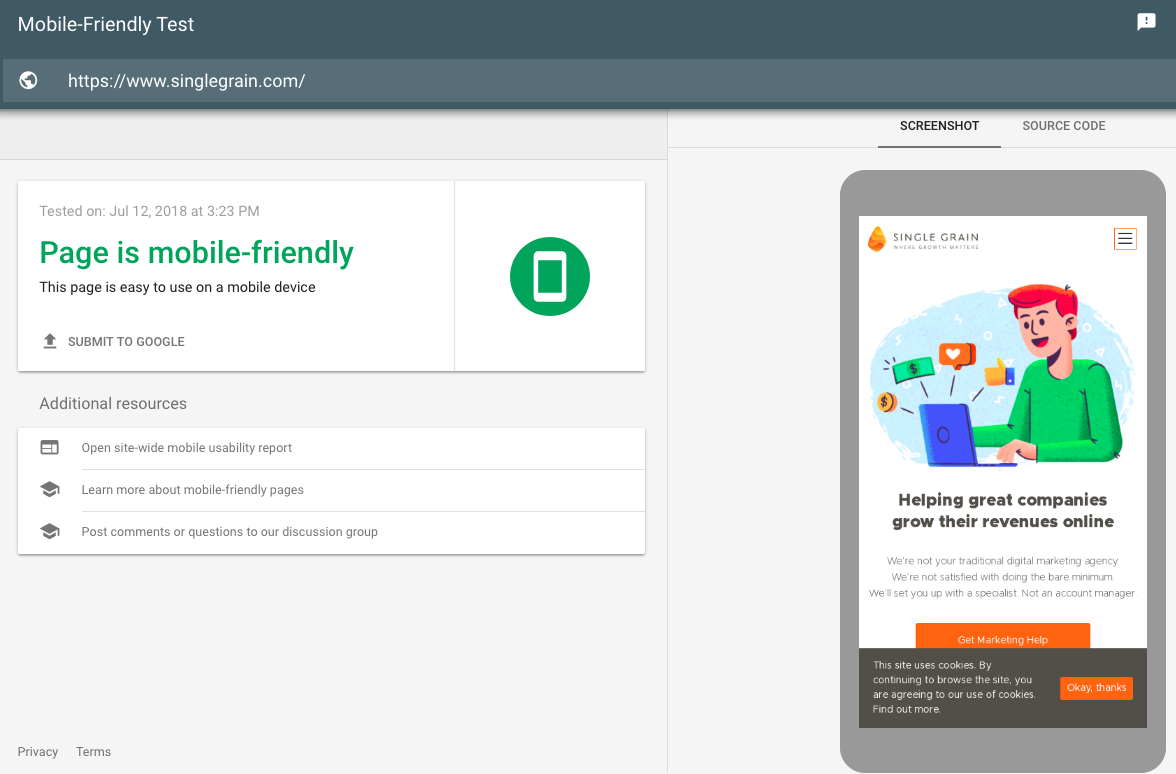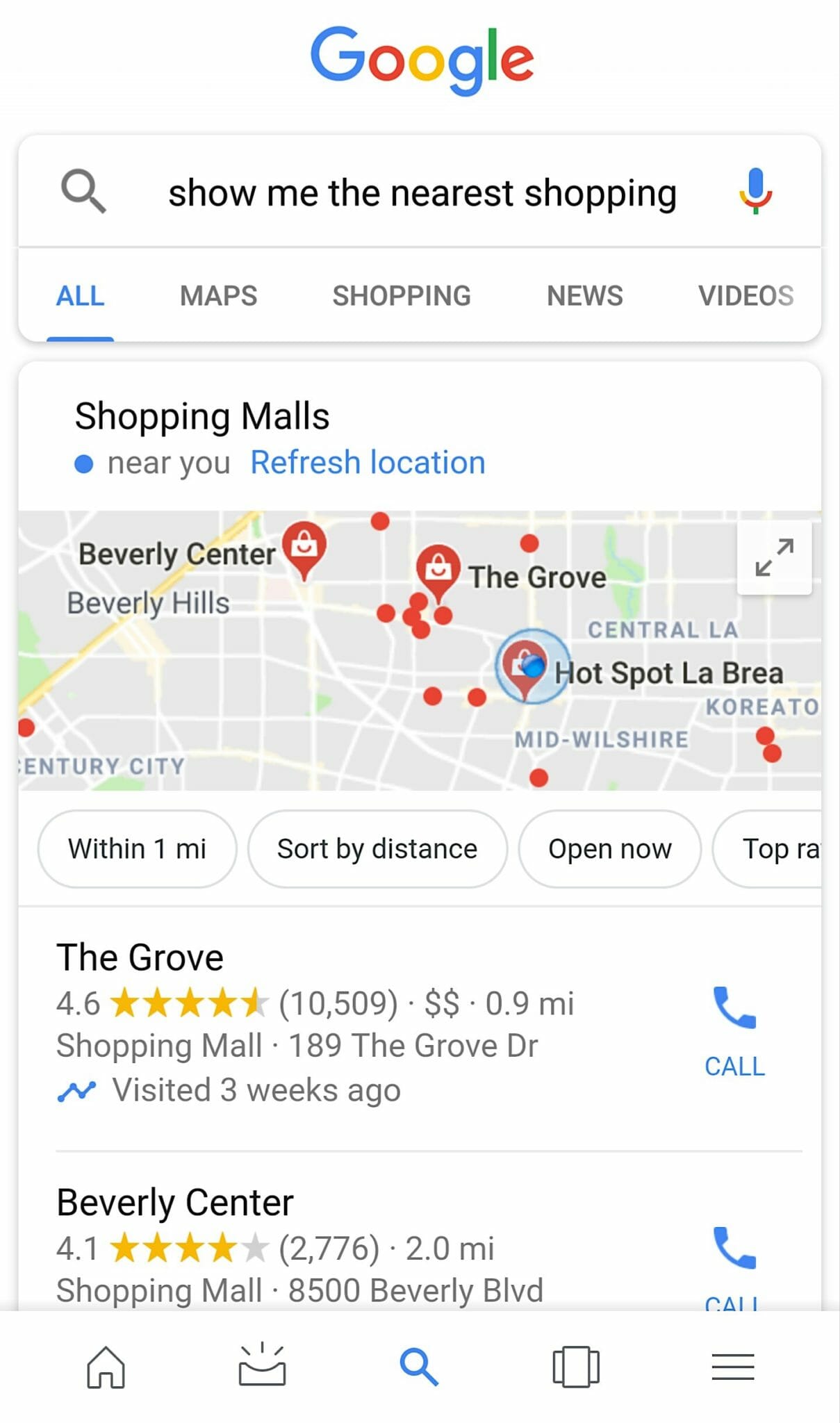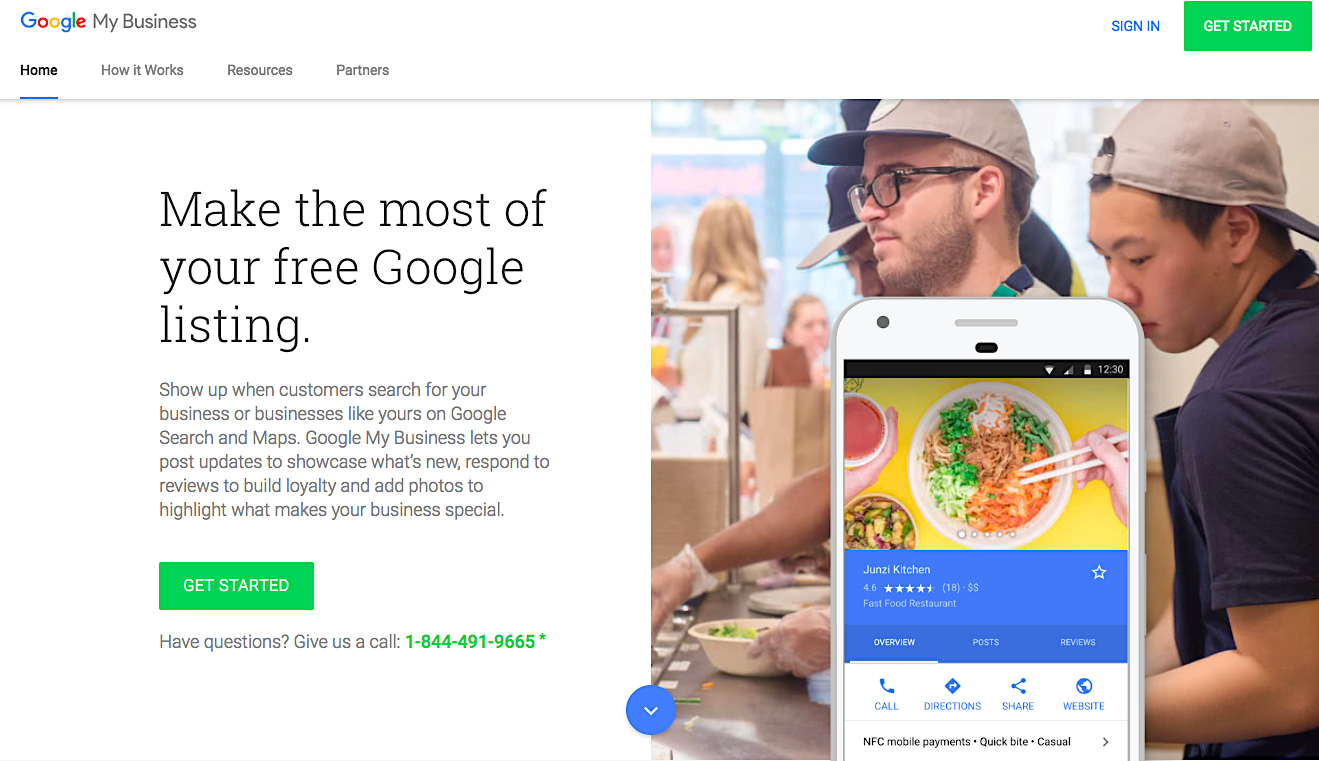5 Steps to Optimize Your Content for Voice Search
[Free Consultation] Are you spending money on advertising but not getting the results you want? Are you looking for more sales and leads but have no idea where or how to start? Get help from our world-class marketing experts in a free consultation call.
Click Here To Schedule Your Free Consultation Now
Google’s Panda and Penguin updates get quite a bit of press. In spite of this, it was really Hummingbird, released nearly five years ago, that turned search on its ear. It marked the beginning of Google’s efforts to parse intent.
Through natural language processing, the update enabled Google to begin to understand user intent. This allows users to search using the kind of language (words and syntax) that is natural to them. Without it, we would still be entering keywords into the search bar and trying to figure out what we should enclose in quotes.
How Hummingbird Led to Voice Search
Imagine trying to use voice search without Google’s ability to understand conversational language. Instead of looking up local theaters showing Black Panther by saying, ‘Show me theaters nearby playing Black Panther’, you would have to distill everything down into just the right keywords.
You’d likely even have to use the old search within search results: ‘movie theaters in my city’, ‘open now’, and ‘Black Panther’. Hummingbird laid the foundation that made voice search both possible and pretty easy to use. Now Google has taken things even further: not only is it able to understand what you are asking based on the words and phrases that you use, but it learns your speech patterns and accent as well.
Of course, like anything else, you can’t simply rely on search engine updates. You have to ensure that your web content is optimized to work with that technology. This is as true with voice search as anything else. In fact, failure to optimize and keep your content up to date could result in loss of ranking or being hit with a penalty.
To ensure that your content is optimized for voice search, try these five steps.
1) Think FAQ
Even though natural language is much more common than it has been in the past, it’s important to remember that there are still differences between the phrases people use during voice search and traditional online search. You may have noticed some of these differences when you have performed a Google search:
Typing: movie theater hours
Voice: Show me hours for the movie theater
Typing: Thai food delivery in my area
Voice: What restaurants deliver Thai food?
Typing: directions to Six flags
Voice: Take me to six flags
If you pay attention, you may notice a pattern. When you speak to your customers on the phone or in person, there’s a good chance that they use the same words and phrases that they would in voice search. Learn the questions that they are asking you and note the phrases you hear over and over again. Then answer those questions.
One option is an FAQ page. After all, what better reflects the voice snippet answer you receive when you ask Google a question? It’s usually a short, concise answer to your query.
Keep in mind though, that it isn’t necessary to stick only to the traditional, singular FAQ page. Just keep that structure in mind. What you might also do is consider the most important questions that people are asking about your business – then build an informational page around each of those questions.
Remember to optimize existing pages for voice search!
It’s good practice to look at each page on your website and determine exactly what question you are trying to answer. Are visitors who come to each page seeking information about your company’s history? an explanation of how a particular product works? a description of a popular, special offer your business is known for?
Don’t become territorial about vocabulary or product names. Instead, learn the language that your customers are using when searching for what you have to offer. Click To TweetFor example, if you sell fine, hand-crafted furniture, you might describe one of your items as ‘Primitive Maple Dining Table’. That’s fine, but if your customers are searching for ‘Yellow-Finish Heavy Kitchen Table,’ that reduces the chance that they will actually find what they are looking for in voice search. In a sense, you are learning the long-tail keywords that your customers might be using.
Further Reading:
- How Artificial Intelligence Is Revolutionizing the Digital Marketing Sphere
- The Future of SEO: How AI and Machine Learning Will Impact Content
- How to Write Content for People and Optimize It for Google
2) Use Structured Data
Creating relevant content is the best way to optimize for voice search. There are other ways to help search engines better understand your content and how it should be ranked and categorized. You can use structured data to accomplish this.
It’s been shown that using schema markup language does not have a direct impact on page rankings. But it can still help optimize your website and blog content for voice search.
Structured language is not something that is visible to people reading your content. Instead, it is micro-data that is embedded in your code that search engines can read to better understand your content (check out this great tutorial for using structured data on your website).
If you’ve ever searched for a type of business and seen search engine results showing hours of operation, contact information, and other data, that is the result of using structured data.
Another example of this is often seen when you search for recipes. When search results show pictures, cooking steps, and ingredients, this is because markup language was used to highlight that information from content on that website.
Here’s how using structured data can help with voice search. A large amount of voice search is local. People tend to be on their phones when looking for information such as directions, phone numbers, the hours that a business is open, and other immediate-need information. By using structured data, you can highlight this kind of info on your website.
To help ensure that everything is in place, use the Google structured data testing tool to verify that you are on the right track.
3) Ensure That Content Is Mobile Friendly
As already mentioned, mobile is the primary source for voice search – which makes this about the 1,000,000,001 reason that your website or blog should be mobile friendly!
In fact, now might be a good time to see if it is as mobile friendly as you think it is. Fortunately, there are a lot of tools for testing if your site is mobile friendly:
When you test your website, you may be surprised to find that you could stand to make some adjustments. To optimize for voice search, invest the time and resources in cleaning up any issues that you have now. If you are using a CMS, you might consider looking into themes, plugins or other options that implement responsive design principles.
If you want to forego using a tool, just remember to apply the basics of mobile-friendly content writing and page layout:
- Use plenty of white space.
- Break things down into short paragraphs.
- Use subheadings, bullet points, and numbered lists.
- Don’t use sluggish scripts or images that aren’t optimized.
- Be concise. If content writing isn’t your strong point, it may be time to outsource at least a portion of these tasks.
Learn More: Mobile-First Indexing: Everything You Need to Prepare Your Site
4) Aim for Featured Snippets
Sometimes if you ask Google a question, it will take an answer directly from a website and curate that directly on the top of page one of the SERPs. This is referred to as an answer box, featured snippet or position zero.
If Google voice search answers your question directly, it will do so with information from that box. For example, if you search, ‘how to catch a catfish’, this is what you’ll see:
If you conducted the same search using voice, Google would say, “According to Shakespeare-fishing.com…” Obviously, Shakespeare (the name of the company, not the British playwright) has done the right thing since they are ranking for the query ‘How to catch a catfish’.
Google voice search will also feature top local (“near me”) search results as well. For example, if you ask Google to show you the nearest shopping mall, you will hear about the result that lands at the top of the local three search results.
Here are a few techniques you can use to increase your chance of ranking as a featured snippet:
- Focus on ranking above the fold on page one since over 99% of featured snippets come from top ten search results.
- Use keywords that are most used in searches that pull up featured snippets, which include words like best, recipe, cost, price, and definition. According to Ahrefs, 99.58% of the time Google features only pages that already rank in the top 10 results in the featured snippets.
- Use analytics to learn the keywords that users are searching for (hopefully) find your site.
- Pay attention to ‘also searched’ questions and then answer those in your content.
Further Reading:
- Why Chatbots Are a Must-Have for Businesses (and How to Build One!)
- The Future of Data Science & Predictive Modeling
- How x.ai Came Up with the Idea for Amy the Personal AI Assistant [podcast]
5) Take Ownership of Your Google My Business Listing
Clearly, voice search is local search, so the best way to optimize for voice is to optimize for local. You’ll also get the added bonus of making it easier for your customers to locate you.
On your website, you can do this by simply including your location and contact information in a place that’s conspicuous. Include the information on the header or footer of every one of your web pages. This way people don’t have to look for it.
This doesn’t mean you shouldn’t also have a contact information page. You absolutely should. It needs to include your basic contact and location information, along with other information such as an online contact form.
Local searches tend to work in two ways. The location is either explicitly named in the search (e.g. car repair in St. Louis), or Google uses location services to determine the user’s location (e.g. car repair near me). The latter is quite common, and a key reason to take ownership of your Google My Business listing and ensure that it is complete and accurate.
Here is a checklist to use when completing that profile:
- Ensure that basic information like name, address and phone number (NAP) is complete.
- Use a business email associated with your website and not a free account.
- Include a phone number with the area code.
- Make sure your location information is consistent between your website, Google My Business listing, and any other local business directories.
- Upload some high-quality pictures to make your listing more attractive.
- Select all of the relevant categories for your business.
- Don’t select irrelevant categories in an attempt to attract new customers.
- Take advantage of the introduction field to fully describe your products and services.
Further Reading:
- Top 10 Mobile Optimization Best Practices For E-commerce Sites
- 30 Brands with the Best Digital Marketing Campaigns
- How to Use Predictive Analytics for Better Marketing Performance
Conclusion: Voice Search Will Grow as Mobile Does
As long as mobile use continues to skyrocket (and there’s no reason to believe that it won’t), users will employ voice search more frequently, so optimizing for this just makes good sense.
Fortunately, many of the steps you take to do this have triple benefits: you improve your overall mobile optimization, you better communicate your content to Google, and you increase your chances of showing up in local results or being selected for featured snippets. You’ll even be prepared for search using smart home devices like Google Assist and Amazon Alexa.







